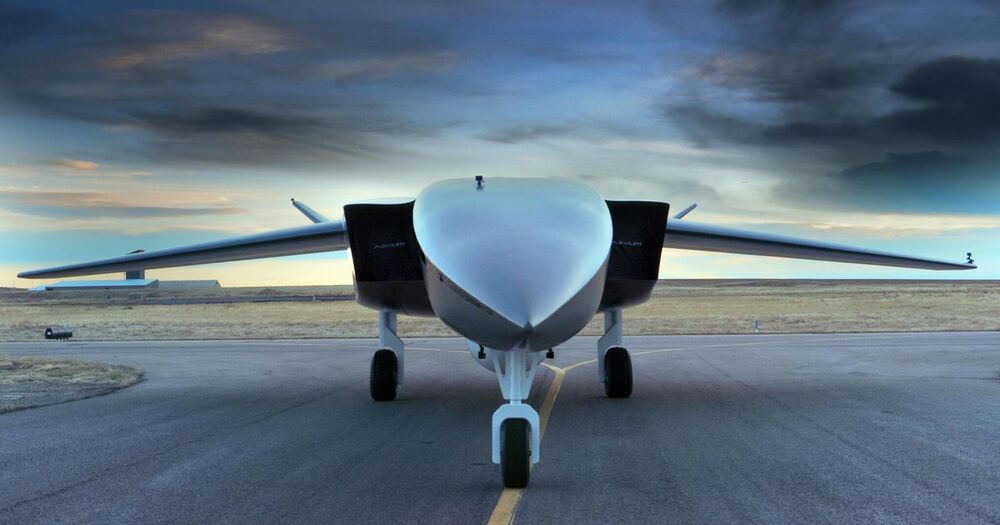Mar 27, 2021
These Are the Riskiest ‘Smart City’ Technologies, Cybersecurity Experts Say
Posted by Saúl Morales Rodriguéz in categories: cybercrime/malcode, electronics
Technology like sensors built into infrastructure and emergency alerts has possible benefits, but in a new study dozens of experts weigh in on where some of the more significant pitfalls may lie.


















